In the financial year ending 2024, there were 430 federal grant opportunities worth a combined $38.5 million (USD 25 million). Of those, just 43 were relevant to businesses like ours, and of those, only around 10 were strategically viable. That’s less than 3% of total opportunities translating into real options for mid-sized companies. And in most cases, they weren’t worth pursuing, either due to misaligned priorities or the significant internal distraction required to chase modest funding.
Meanwhile, entire categories of funding, some worth tens of millions, explicitly or effectively exclude medium-sized businesses due to arbitrary eligibility rules. Specifically, the requirement to be a “Small to Medium Enterprise” under definitions excludes firms with more than 20 or 50 employees, depending on the agency. Ironically, it’s these mid-sized firms that are often most capable of using funding well, being established businesses with skilled workforces, operating systems, and the ability to scale fast.
System designed for politics, not productivity
It’s important to acknowledge that most grant programs serve political priorities, and many of those are essential. But from a national productivity standpoint, where we want to build sovereign capability, transition to clean energy, or lead in advanced manufacturing, the current structure leaves the heavy lifters out.
Around 96.5% of available funding by value flows to organisations that, while worthy, have limited capacity to match funding contributions or scale impact. This means that grants go unclaimed or under-utilised, while commercially ready businesses are forced to go it alone or even shelve opportunities entirely.
Our analysis estimates that roughly $33 million in grant funding annually is effectively locked away from companies in the “missing middle.” That’s a pool of capital that could be converted into hundreds of millions in new infrastructure, IP, exports, and high-skilled jobs.
The defence exception and case for broader reform
One exception is the defence sector. At any given time, there are around seven defence grant programs open that offer meaningful support, typically up to $1 million a year for four years, requiring 50% in-kind matching. These are large enough to be worthwhile and structured in a way that medium-sized businesses can meet the terms without being pulled off course. If that model were applied across more industries like clean tech, engineering, regional infrastructure, we’d see a very different national impact.
The reality is that medium-sized businesses are not asking for handouts. They’re asking for a level playing field. They’re already investing in R&D, hiring apprentices, and exporting innovation, often without support. But with targeted assistance, they could do far more.
Multipliers, not margins
Governments often seek to “de-risk” innovation by funding early-stage or experimental projects. That’s important. But it’s equally important to back the companies that can take those ideas and make them real.
Medium-sized firms have working business models. What they lack is the flexibility to take on speculative costs as they’re already running lean, high-performance operations. With the right support, they can de-risk major national ambitions in a way no startup or government agency ever could.
Time to rethink what support means
We don’t need to overhaul the entire system. Even reallocating just 10% of total funding to support mid-tier businesses, without disturbing the broader political allocation, could unlock transformative outcomes. It’s a smart bet. Australia has spent decades trying to build an innovation economy. The next decade will be defined by our ability to deliver it. The businesses best placed to lead that charge are already here, but unless we change how we back them, they’ll be watching from the sidelines.
Author: Paul Carmignani, Managing Director of Powertech
The views and opinions expressed in this article are the author’s own, and do not necessarily reflect those held by pv magazine.
This content is protected by copyright and may not be reused. If you want to cooperate with us and would like to reuse some of our content, please contact: editors@pv-magazine.com.
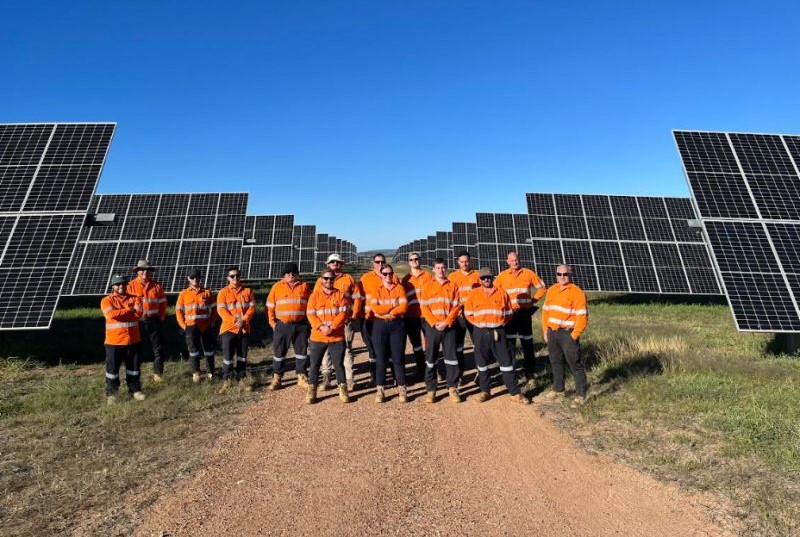
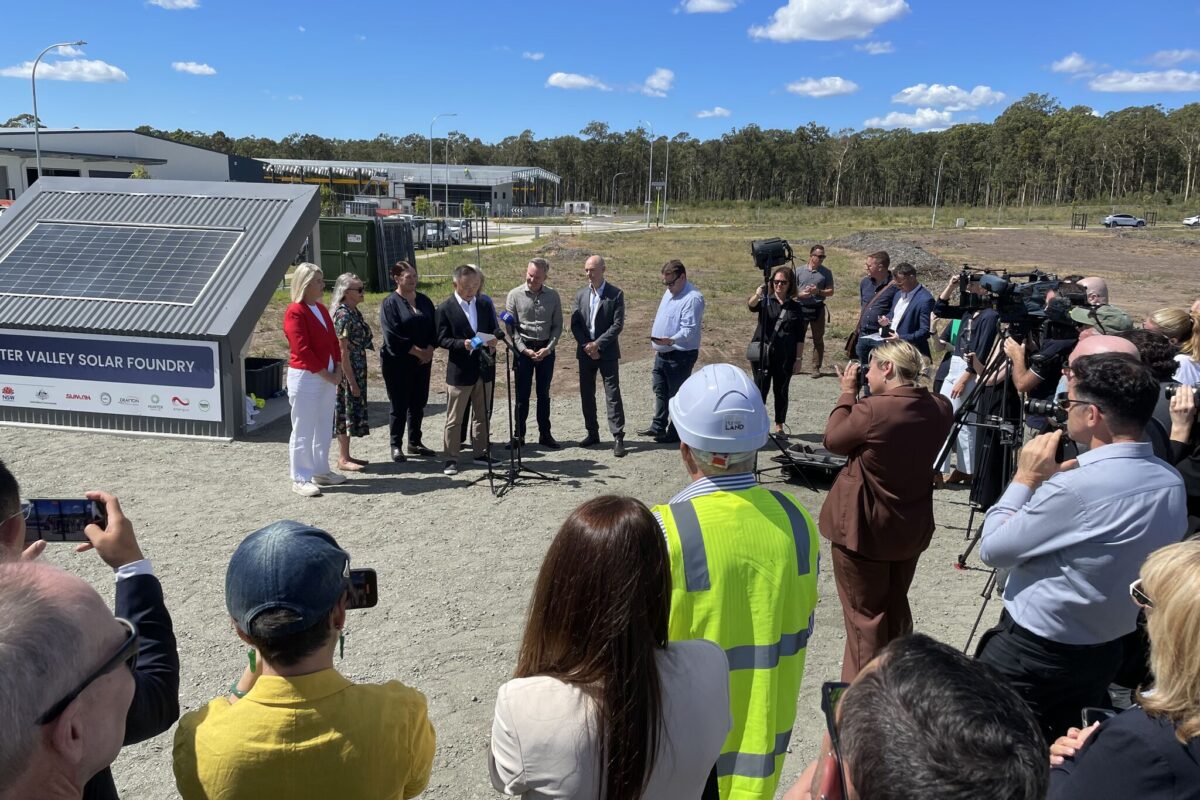


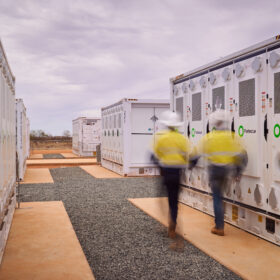
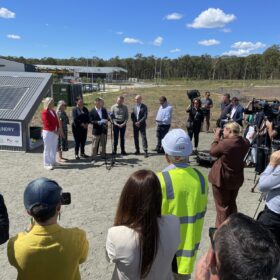
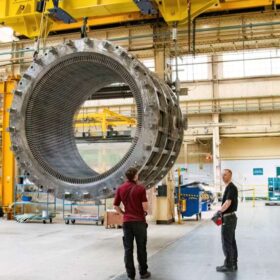
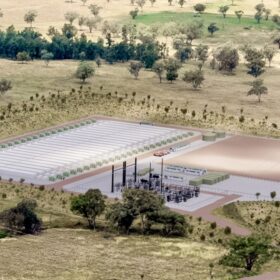
By submitting this form you agree to pv magazine using your data for the purposes of publishing your comment.
Your personal data will only be disclosed or otherwise transmitted to third parties for the purposes of spam filtering or if this is necessary for technical maintenance of the website. Any other transfer to third parties will not take place unless this is justified on the basis of applicable data protection regulations or if pv magazine is legally obliged to do so.
You may revoke this consent at any time with effect for the future, in which case your personal data will be deleted immediately. Otherwise, your data will be deleted if pv magazine has processed your request or the purpose of data storage is fulfilled.
Further information on data privacy can be found in our Data Protection Policy.